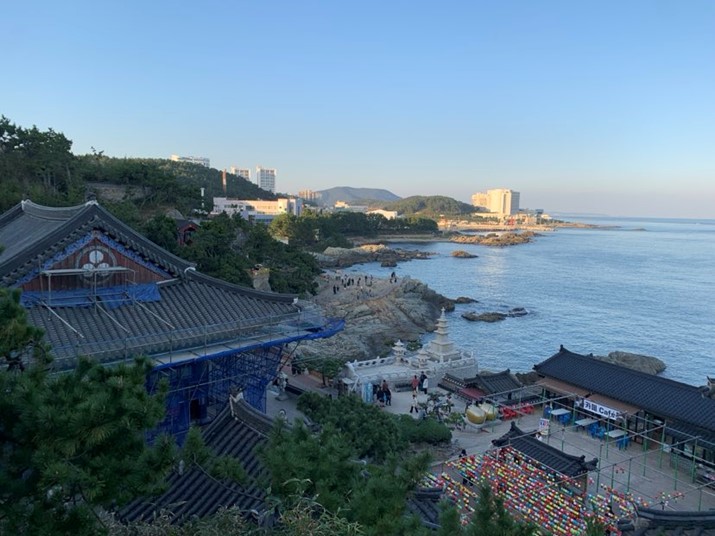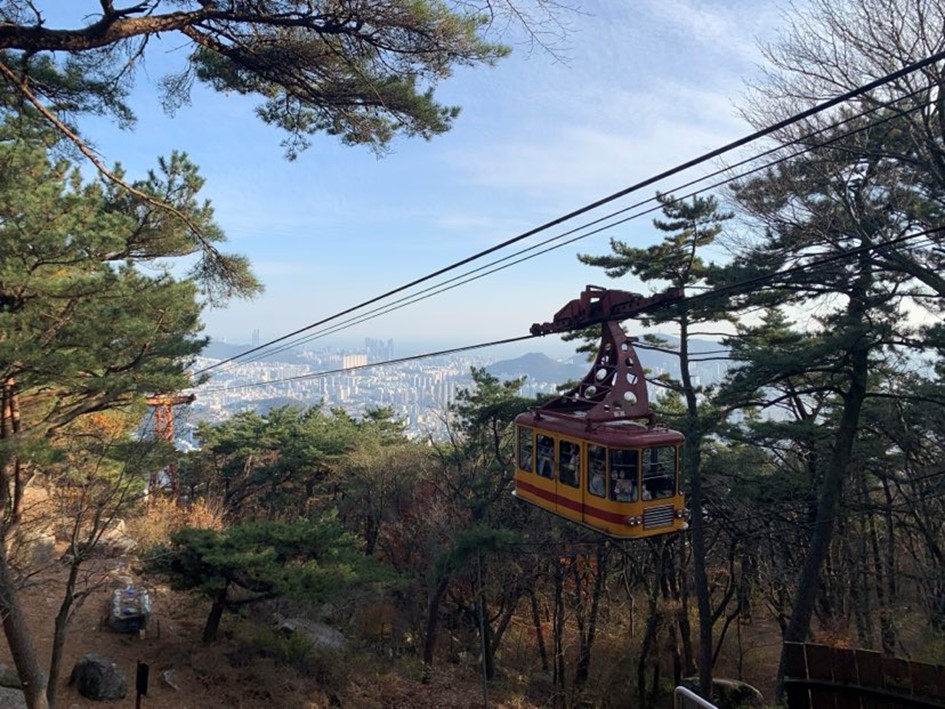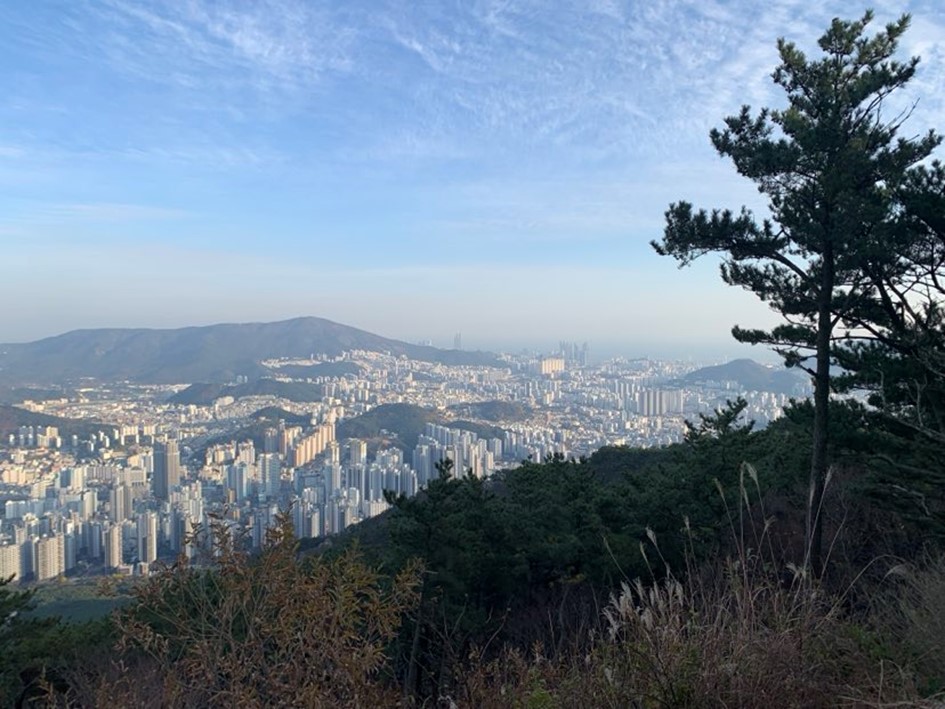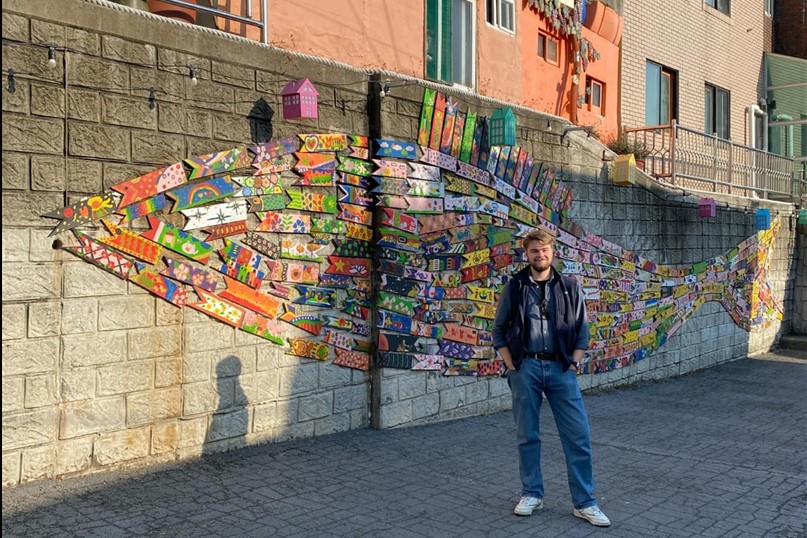
My name is Alfred, and I had the opportunity to intern at the IBS Center for Climate Physics (ICCP) at Pusan National University in Busan, South Korea. This experience provided valuable insight into professional laboratory work and climate research. I worked alongside leading scientists in the field, who were both knowledgeable and supportive. The research environment was engaging, and I was consistently involved in interesting tasks.
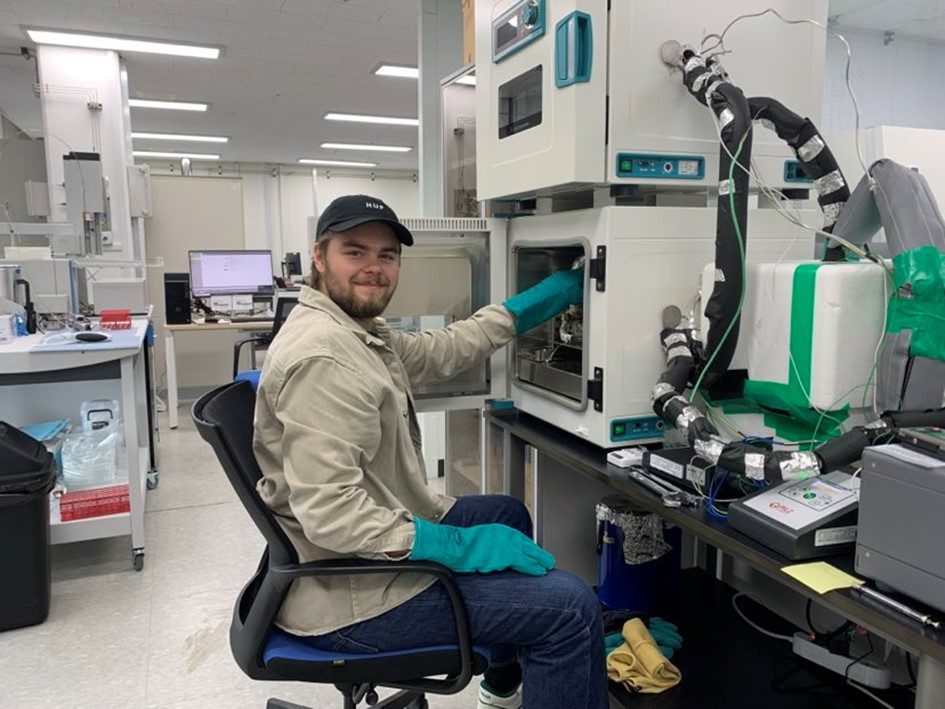
During my internship, I worked on reconstructing past climate conditions in South Africa from 60,000 to 90,000 years ago. This is an exciting area and time frame as it is a key site for archeologist. Understanding past climate conditions can tell us about the environments early humans were exposed to. There are many different methods used to understand past climates, and the one I used during the internship involved analyzing stable water isotopes trapped in stalagmites, which provide information about historical temperature and precipitation fluctuations. This process involves crushing stalagmite samples in an oven at over 100°C, releasing the ancient water as vapor, which is then analyzed using a Picarro isotope analyzer.
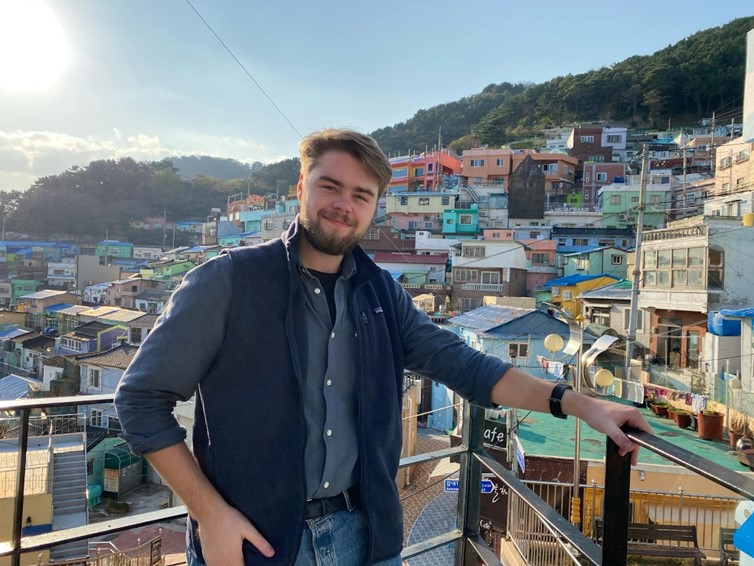
My working hours were from 09:00 to 18:00, with a one-hour lunch break. Each sample took about two hours to process, so I was usually able to complete three to five samples per day. My mornings began with checking that the instruments were functioning properly by running standardized water injections and reviewing the results for any abnormalities. While waiting for the system to stabilize, I prepared the day’s samples by cutting them with a diamond wire saw and weighing them.
Cutting the samples came with some challenges. To maintain high resolution, I aimed to cut the smallest possible blocks, but since the final block weight was unknown at the time of cutting, this sometimes affected how many samples I could process. With experience, I became better at estimating the right sizes to optimize sample preparation.
Once everything was ready, I loaded a sample into a crusher in the oven, allowed the system to stabilize, and then proceeded to crush. Afterward, I ran additional standardized water injections to calibrate the results. Whenever I started working on a new layer, I performed an acid cleanse on all surfaces that came into contact with the samples to minimize contamination, which is important due to the precision of the instruments. I frequently had meetings with my supervisor where I gave progress updates and received feedback.
For lunch, my colleagues and I tried different Korean and Chinese restaurants, and the food was always great. While there were enough options to try a new place every day, my colleagues had their favorites, so we often returned to the same spots. After lunch, we always grabbed coffee before heading back to the lab. I had great colleagues, and we often did social activities together after work. On weekends, I took the opportunity to explore Busan, which is a city with beautiful beaches and rich culture.
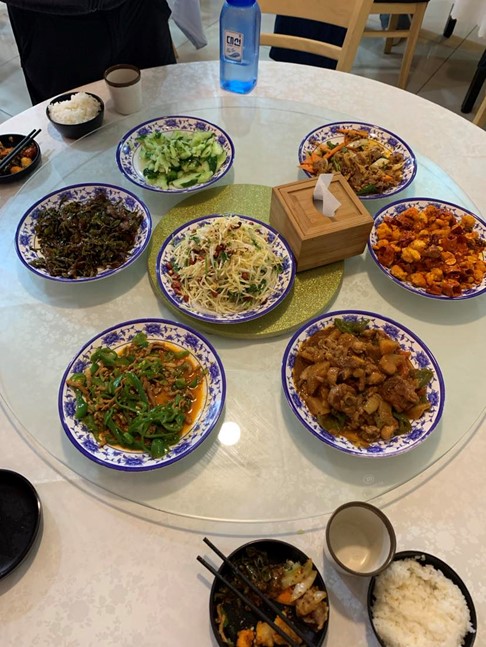
This internship required some technical lab skills and geochemical knowledge. Instrument operation can be daunting, as there are many steps that have to be done correctly. The stable isotope analyzer is highly precise, so good laboratory practices are important. My prior experience with similar equipment and laboratory work helped me learn and adjust quickly. Working in a new lab meant adapting to different procedures and workflows.
The internship taught me a lot about stalagmites, geochemistry, specific methods and instruments, laboratory practices, and communicating in an academic setting. It was a truly valuable experience, and I am left more knowledgeable and with amazing memories.
